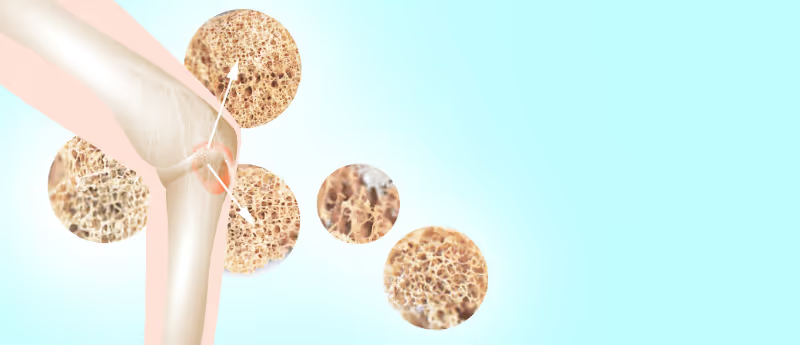AI drug repurposing strikes again
AI drug repurposing strikes again

Using a deep learning efficacy prediction tool, researchers have demonstrated the promising potential of DHA to treat osteoporosis by maintaining BMMSC stemness. AI-driven drug discovery is a popular avenue of research, and for good reason. Numerous breakthroughs have been made in AI drug discovery, including the repurposing of arthritis drug baricitinib for COVID-19 treatment, and AI-designed ISM3091 for the treatment of solid tumors. Now, the latest discovery has arrived at the osteoporosis scene. Using a deep-learning based efficacy prediction system, in addition to bone tissue sequencing, researchers identified a compound called dihydroartemisinin (DHA) that could be used to treat osteoporosis. Osteoporosis is a disease that weakens bones, causing them to become brittle and more susceptible to fractures. Early diagnosis of osteoporosis is particularly difficult, as people do not experience obvious symptoms like other health conditions and are often unaware that they have osteoporosis until they break a bone. Osteoporosis is the most common bone disease, affecting one in five men and one in five women over the age of 50 globally. Other than exercise and vitamin and mineral supplements, treatments for osteoporosis typically focus on slowing down the rate of bone density loss. This includes targeting osteoclasts (cells that break down bone) to reduce their activity. However, osteoblasts (cells that synthesize new bone) could also be targets for treatment. Osteoblast precursors, termed bone marrow mesenchymal stem cells (BMMSCs), typically favor differentiation into fat-creating cells, but reprogramming these stem cells to differentiate into osteoblasts could help treat osteoporosis. Prior to this study, the team developed a deep-learning system that is capable of predicting the efficacy of new drugs by comparing the gene expression profiles of drug-treated cells with the profiles of diseased cells. This deep-learning efficacy prediction system has been previously used to identify novel drugs for other diseases, such as obesity and hyperuricemia. This time, the team used the system to analyze efficacy rankings for differentially expressed genes in the bone of neonatal and adult mice. Among the top-ranked efficacy drug candidates, DHA; a traditional Chinese herbal medicine and antimalarial drug, was discovered to promote BMMSC stemness, which is crucial in healthy bone homeostasis. The team tested the compound in an osteoporosis mouse model, through oral delivery of DHA extract for 6 weeks in mice with induced osteoporosis. They discovered that in this model, DHA significantly reduced bone loss, and restored the bone density, femur trabecular structure and BMMSC stemness in situ. The team carried out further testing using bone-targeted delivery of DHA using injected, DHA-loaded nanoparticles. They found that this form of delivery improved the therapeutic efficacy of DHA in osteoporosis, and the bones of mice with induced osteoporosis were similar to those in the control group of mice. Additionally, no signs of toxicity were detected in the DHA-treated mice. Mechanistically, DHA was observed to maintain BMMSC stemness by stimulating osteoblast production through promoting histone 3 lysine 9 acetylation via GCN5 activation in both in vivo and in vitro experiments. Overall, this research demonstrates the promising potential of DHA in treating osteoporosis by maintaining BMMSC stemness. The results have exciting translational potential for clinical applications in treating bone-related diseases.
.png)
.png)
.png)

